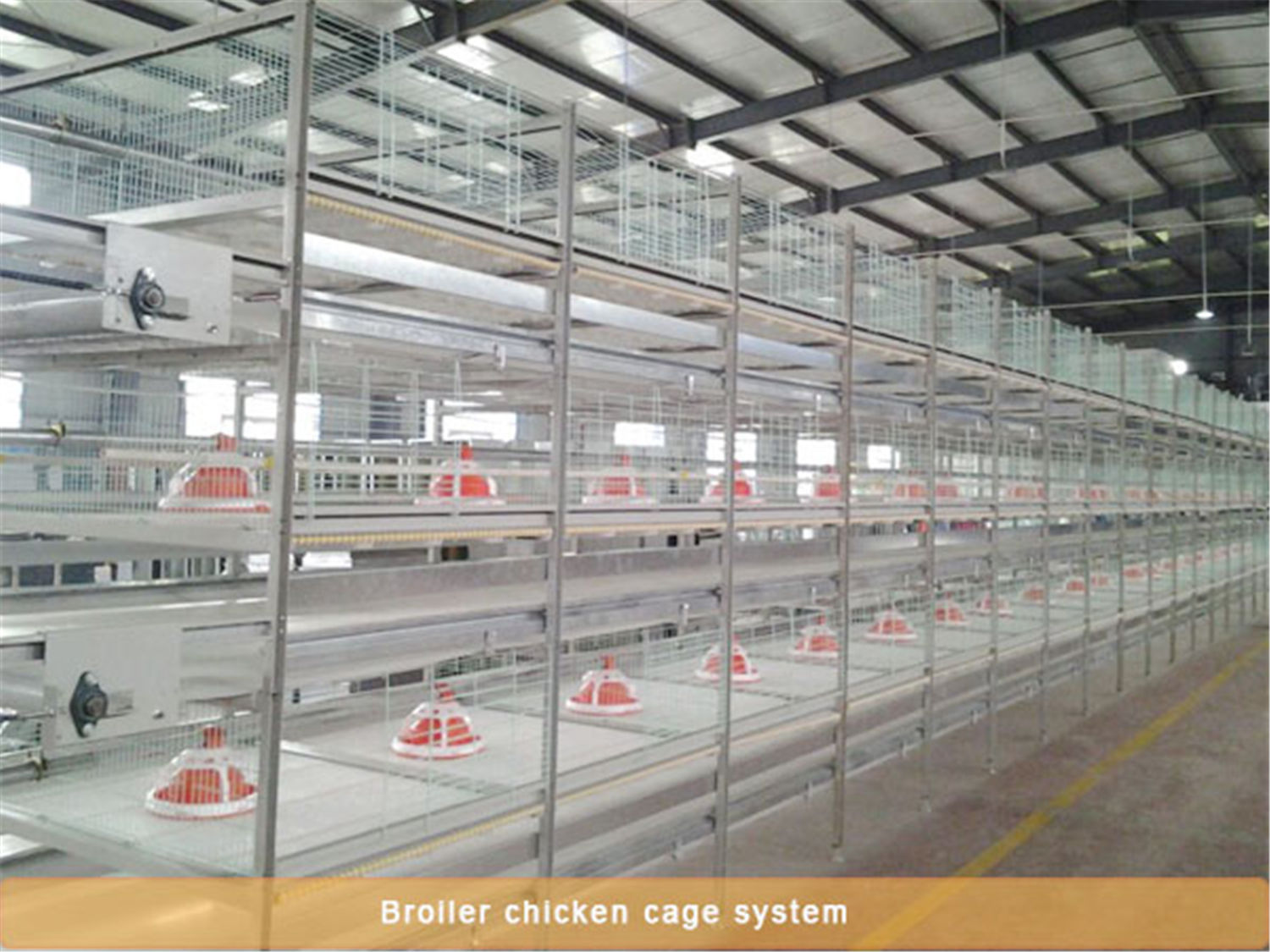What is the breeding density of the chicken house?
- font size decrease font size increase font size
It is necessary to understand the breeding density of the house, and the density refers to the number of chickens raised per square meter of the house. Density is closely related to the growth and development of broilers and the full utilization of chicken houses.
When the density is too large, the activity of the chicken is limited, affecting the feeding and drinking of the chicken, the air is dirty, the oxygen is insufficient, and the temperature is too high. As a result, the chicken grows slowly and the uniformity of the group is poor, which may cause some diseases.

If the density is too small, the feeding area is wasted and the cost of raising is increased. Chicken activity is too large, consuming energy in the body and wasting feed. Reasonable stocking density should be determined according to the actual conditions of the house, ventilation conditions and feeding conditions. As the age and weight of the chicken gradually increase, the area occupied by the chickens should also increase, which is conducive to the feeding and drinking of the chickens, so that the oxygen in the house is sufficient, the air is good, and the growth and development are not affected in poultry cage equipment.
The density should be adjusted according to the type, variety, brooding mode, season, age, ventilation status of the chicks. Laying brooding equipment should be correspondingly sparse in age, and the density should be reduced by about 30% at 3 - 4 weeks of age, and by about 15% at 5 to 6 weeks of age. Reasonable stocking density can provide chicks with Equal opportunities for drinking water and eating materials are conducive to improving uniformity, and can prevent the occurrence of cockroaches such as anus and cockroaches in chicks, and pay attention to the air quality and ventilation of the house.

